![]()
![]()
Head signals
Tail signals
Information Signals
Helper Engine Signals
Vehicle Signals used by Private Lines
![]()
By night, a train would have 1, 2 or 3 lights at the front. A shunting
engine would have 1 or 2 lights at both ends.
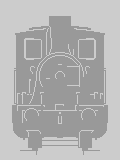

The train is a scheduled train.
1935-1936, this signal was also used by non-scheduled trains.
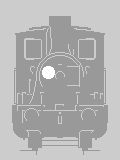

The train is not included in the normal timetable.
1935-1936, no. 63 was used instead.
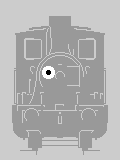
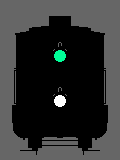



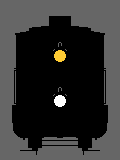
The train is a Work Train. The signal was not used by Snow Plough Units
(these would always carry one or more white lights).

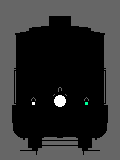
The train has permission to change its direction of travel at any point of a line equipped with block signals.
Safety of the block systems relied on trains not changing their direction of travel. If a train was to operate more freely on a line equipped with block signals, it had to receive a written permission to enter the line, and no block signals would be cleared for the train.
The purpose of this particular vehicle signal was probably to
remind the block signal operators not to clear the signals. The
signal was retired no later than 1923, and no. 36 was
used instead.
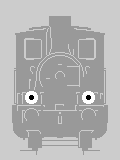
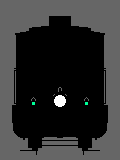
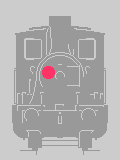
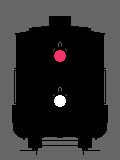
The train is travelling on the Wrong Main Track.
This signal would have precedence over no. 34/63 and
35/65.
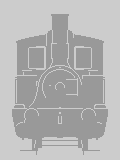
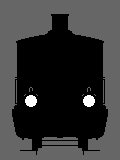
The engine is doing shunting operations.
The headlights were carried at both ends.
Since 1923, the signal was also carried by uncoupled helper engines
(however, it may have been used for this purpose earlier).


The engine is doing shunting operations.
The headlight was carried at both ends.
Since 1923, the signal was also carried by uncoupled helper engines
(however, it may have been used for this purpose earlier).
By day, small vehicles would carry no indication.
By night, small vehicles would be indicated as follows:
On single-track lines: 1 red light at both ends of the vehicle.
On double-track lines: 1 white light at one end and 1 red light at the other. The lights were arranged corresponding to the track's normal direction of travel, independent of the vehicle's actual direction of travel.
Since 1929, a second white light might be added if the vehicle was carrying
a white light at the front, and 1 or 2 white lights might be added, if
the vehicle was carrying a red light at the front.
A train pushed by an uncoupled helper engine would carry the tail signal, while the helper engine would carry its own vehicle signals.
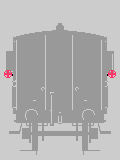
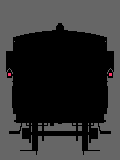
Until 1916, the night signals displayed green light in the opposite
direction (towards the engine). Since 1916, white light was used.
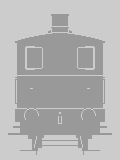
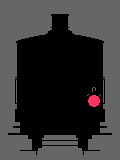
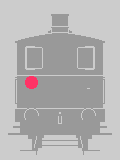

This signal was only used by proper engines. Single DMUs (introduced
through the 1920s) would carry
no. 39/69, however, this
was not explicitly mentioned in the rulebook until 1929.
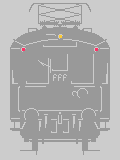
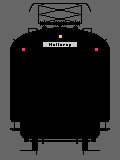
This signal was only used by electric suburban trains (since 1934) and
the so-called "lightning" DMUs (since 1935).
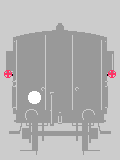
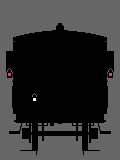
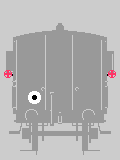
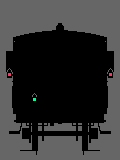
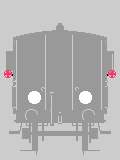
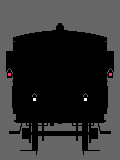
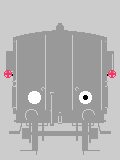
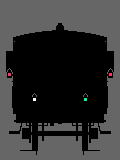
This signal would be carried by the last scheduled train of the day to announce an extra train running in advance of the first scheduled train next morning.
The signal was retired no later than 1935.
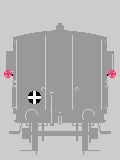
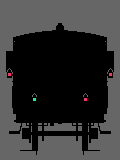
This signal would instruct the wayside staff to inspect the telegraph line.
The signal was retired no later than 1935.

This signal was displayed by the overtaken train. The signal
was only used by night, and only if the overtaking train was not
informed in advance that an (unscheduled) overtaking should take place.
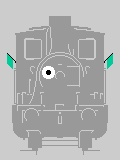
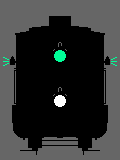
1921, the signal was redefined into the subsequent no. 44.



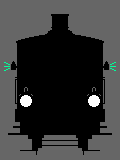
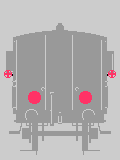
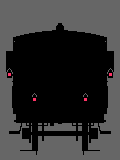
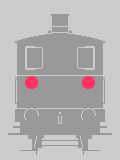
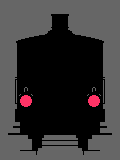

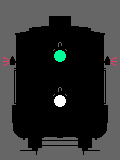
The signal was retired no later than 1935.
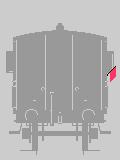
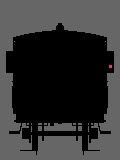
The flag / light would be placed so as to be observable by the guard.
1913, the signal was given a more general interpretation: "The Car
Is Being Inspected" (Danish: "Der arbejdes under Vognen").1923, the
signal was substituted by the subsequent no. 66.
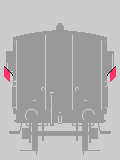
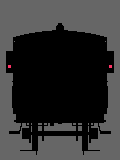
One or more vehicles of a train are in a condition that does not allow for any movement (e.g. derailed or being repaired). Shunting near the vehicles requires caution.
The night signal was displayed in both directions.
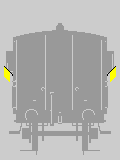
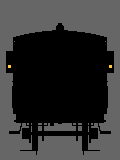
The vehicle is staffed. Shunting the vehicle requires caution.
The night signal was displayed in both directions.
Helper engine signals were carried by helper engines that were not coupled to a train. A helper engine coupled to the tail of a train was considered a proper part of the train and would consequently carry no. 39/69.
Generally, uncoupled helper engines would be indicated in the same manner as shunting engines, i.e. by no. 66 or no. 67.
1921-1935, no. 44 would be added if the helper engine was following the train beyond the station limit, but leaving the train at some point of the line and returning.
1935-1944, no. 75 was used in the same manner, substituting
the white lights at the rear of the engine.
There were no double-track private lines, so neither no. 64 nor the
double-track version of no. 68 were relevant.
No. 70 was used as described above, however, retaining the original day indication:


No. 74 was displayed by the overtaken train.
The signal was only used by night, and only if
- the overtaking train was not informed in advance that an (unscheduled)
overtaking should take place, or
- the overtaking was taking place at an unstaffed station (i.e. the
procedure was handled by the train staff only).
![]()
![]()
Copyright © 1999 Henrik W Karlsson